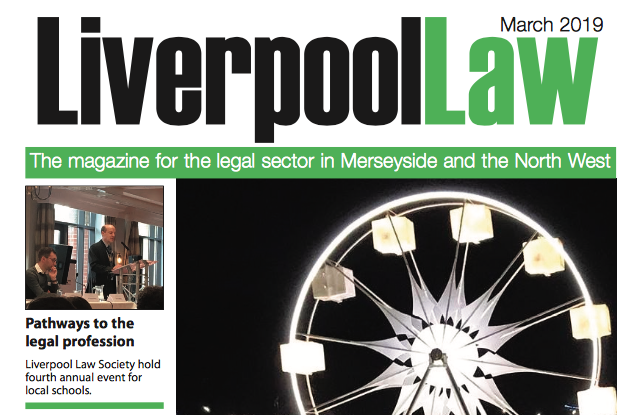Being a figure in a statistic does not of itself prove causation

“Being a figure in a statistic does not of itself prove causation” : The Queen (on the application of Paul Chidlow) and HM Senior Coroner for Blackpool and Fylde and (1) Chief Constable of Merseyside and (2) Northwest Ambulance Service [fusion_builder_container hundred_percent=”yes” overflow=”visible”][fusion_builder_row][fusion_builder_column type=”1_1″ background_position=”left top” background_color=”” border_size=”” border_color=”” border_style=”solid” spacing=”yes” background_image=”” background_repeat=”no-repeat” padding=”” margin_top=”0px” margin_bottom=”0px” class=”” id=”” animation_type=”” animation_speed=”0.3″ animation_direction=”left” hide_on_mobile=”no” center_content=”no” min_height=”none”][2019] EWHC 581 (Admin)
Overview:
The issue before the divisional court on judicial review by the family of the deceased was whether the Coroner’s decision not to leave causation to the jury empaneled in an Article 2 inquest was lawful having regard to the Galbraith Plus test. Despite the involvement of a number of pathologists the cause of death remained unascertained. It was in the context of an unascertainable death that the Coroner had concerns about leaving causation to the jury, the second limb of Galbraith, namely whether it was safe to do so being the basis of his ruling.
Instructed to provide expert evidence was a Consultant in Accident and Emergency, Dr. Andrews. Whilst initially tasked to look at the chance of survival had the deceased arrived at an A&E department, given the admission by NWAS that but for a coding error they would have arrived some 26 minutes earlier than they did, his focus shifted to whether the deceased would have survived had paramedics arrived either prior to cardiac arrest or immediately post cardiac arrest. Integral to the evidence he gave was the Denver study, which had looked at survivability in emergency situations in the US. The study evidenced an 80% survival rate for critically ill patients attended upon by paramedics prior to cardiac arrest post discharge from hospital.
The applicant contended that whilst there was no cause of death the post mortem had excluded various health problems such that Dr. Andrew’s did have sufficient information to be able to form a view as to the chance of survival based on individual characteristics as opposed to statistics alone coupled with his own expertise and experience.
Submissions made by the Coroner, as echoed on behalf of the Ambulance service, focused on statistical evidence being insufficient in the absence of being able to specifically tailor the same towards the characteristics of the individual and that, in the absence of a cause of death, it was not safe to ask the Jury to make a finding as to whether the Deceased would have fallen in the 20% or the 80% category.
In a helpful Judgment for those specialising in both Coronial Law and Clinical Negligence the Court set out and affirmed case law supporting the Coroner and NWAS’s contention that statistical evidence alone was insufficient. Nevertheless, the Divisional Court took the view that Dr. Andrews based his evidence, that the deceased would have on balance survived with earlier paramedic attendance, on more than just statistical evidence. In addition to the Denver study he had relied upon a) his own expertise/experience b) his reading of the other medical evidence in particular findings that could be excluded from the post mortem evidence c) contemporaneous evidence as to the deceased’s condition from the police and ambulance service. Accordingly it was held that the Coroner erred in law and the matter was remitted for a fresh inquest.
Practical implications of this decision:
Many Coroners and medical experts instructed by Coroners have been quick to rely on statistical evidence alone. As such this is a welcome ruling clearly setting out the principle that more is required in order to establish causation or safely leave causation to a jury.
Ana Samuel
(Complete Counsel)
Counsel for the North West Ambulance Service.
Pro-Vide Law will be hosting a major conference on Epidemiology and Legal Causation on 11th July at Wadham College, Oxford . Further details will be published soon
[/fusion_builder_column][/fusion_builder_row][/fusion_builder_container]


